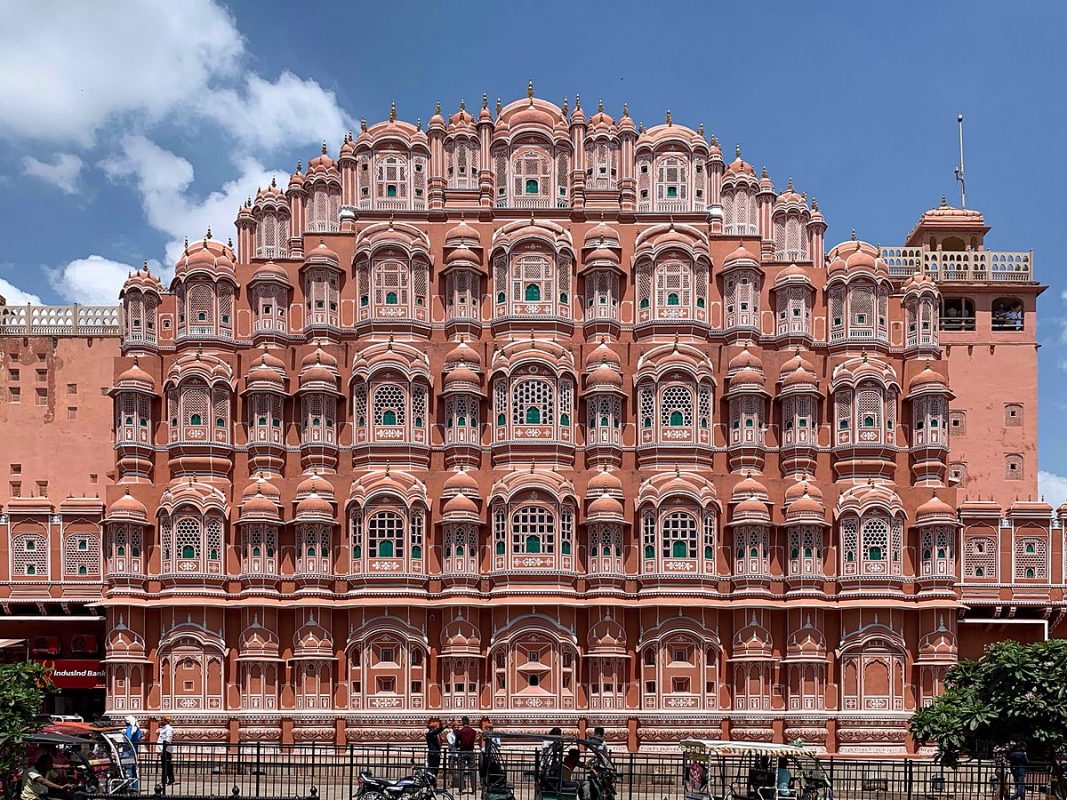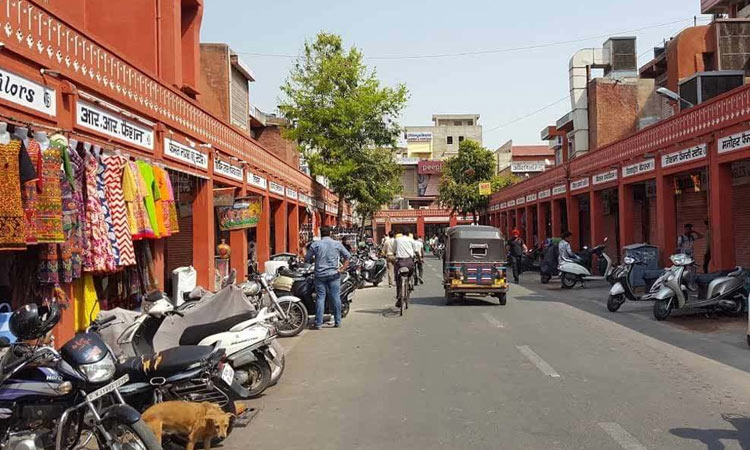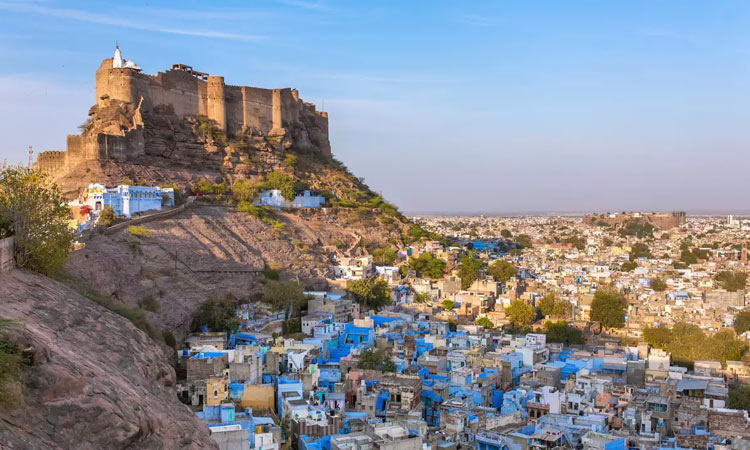Rising proudly amidst the bustling streets of Jaipur, the Hawa Mahal stands as an architectural masterpiece, captivating visitors with its delicate façade and rich history. Known as the “Palace of Winds,” this iconic structure is a testament to the grandeur and artistry of Rajasthani architecture. In this blog, we embark on a journey to explore the enchanting world of Hawa Mahal, unraveling its architectural beauty, historical significance, and the captivating stories that lie within its walls.
Architectural Splendor:
Hawa Mahal is a symphony of intricate craftsmanship, designed with great precision and attention to detail. Built-in 1799 by Maharaja Sawai Pratap Singh, the palace is a five-story façade made of pink sandstone. The structure is adorned with numerous small windows, or “jharokhas,” intricately carved with delicate latticework, allowing cool breezes to flow through and providing the palace with its ethereal appearance. The honeycomb-like structure of Hawa Mahal is an architectural marvel that remains unparalleled.
Historical Significance:
The primary purpose of Hawa Mahal was to provide a vantage point for the royal ladies of the palace to observe the lively activities of the city without being seen themselves. The jharokhas, facing the bustling streets below, allowed the women to enjoy the outside world while maintaining their privacy and adherence to the strict purdah system. It served as a haven for the women of the royal household, providing them with a refreshing retreat from the confines of the palace.
Intricate Design and Symbolism:
The façade of Hawa Mahal is adorned with beautifully carved motifs and patterns that hold deeper symbolic meanings. The lattice work not only allows ventilation and natural light to enter the palace but also creates intricate patterns resembling peacock feathers, honeycombs, and cascading waterfalls. These motifs are significant symbols in Rajasthani culture, representing fertility, prosperity, and the flow of life.
Views and Inner Chambers:
While the exterior of Hawa Mahal is undoubtedly captivating, the interior holds hidden treasures waiting to be discovered. Ascend the narrow staircases to explore the inner chambers, which were once the abode of the royal ladies. Marvel at the ornate ceilings, intricately decorated walls, and panoramic views of the bustling streets below from the small windows. The upper floors offer breathtaking views of the City Palace, Jantar Mantar, and the vibrant markets of Jaipur.
Preservation and Cultural Importance:
Over the years, efforts have been made to preserve and restore Hawa Mahal, ensuring its cultural significance and architectural brilliance remain intact. The palace now houses a museum that showcases artifacts and exhibits that provide insights into the rich history and culture of Rajasthan. Visitors can learn about the royal heritage, the lives of the women within the palace, and the architectural techniques employed in creating this marvel.
Hawa Mahal, the Palace of Winds, stands as an architectural gem that beautifully captures the essence of Rajasthan’s rich heritage and royal grandeur. With its delicate façade, intricate latticework, and historical significance, it offers a window into the opulent past of Jaipur. So, immerse yourself in the mesmerizing world of Hawa Mahal, marvel at its architectural splendor, and let the whispers of the wind transport you to a bygone era of Rajasthani elegance and charm.









